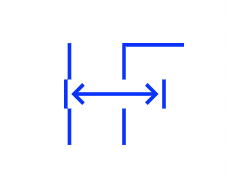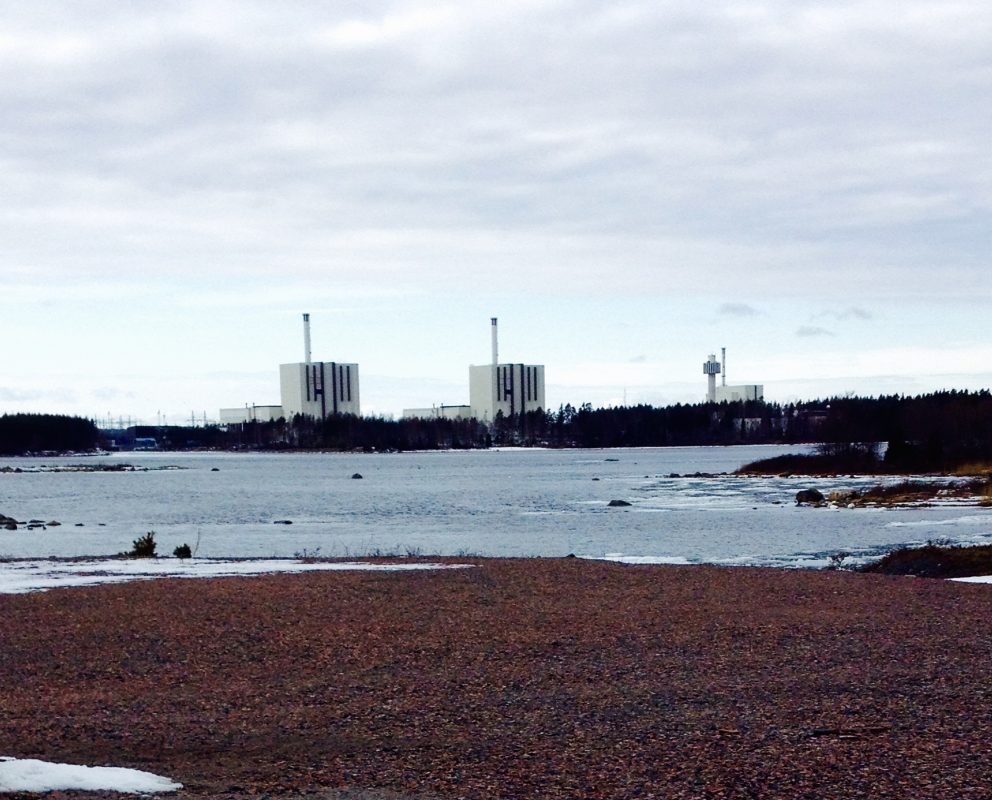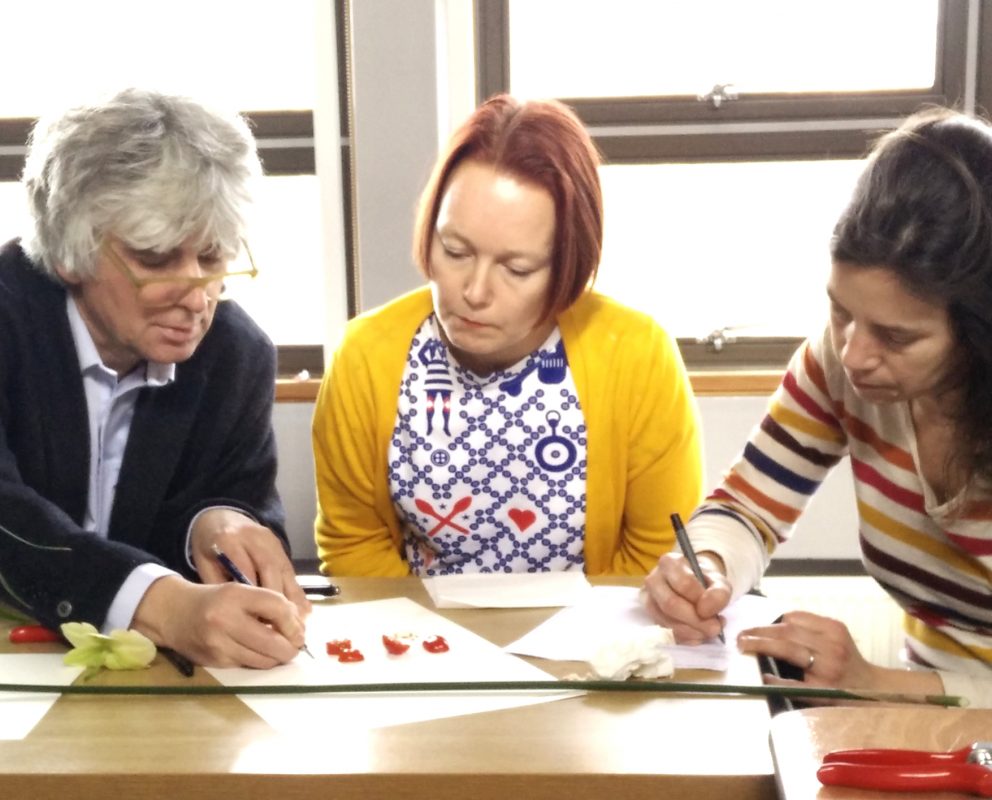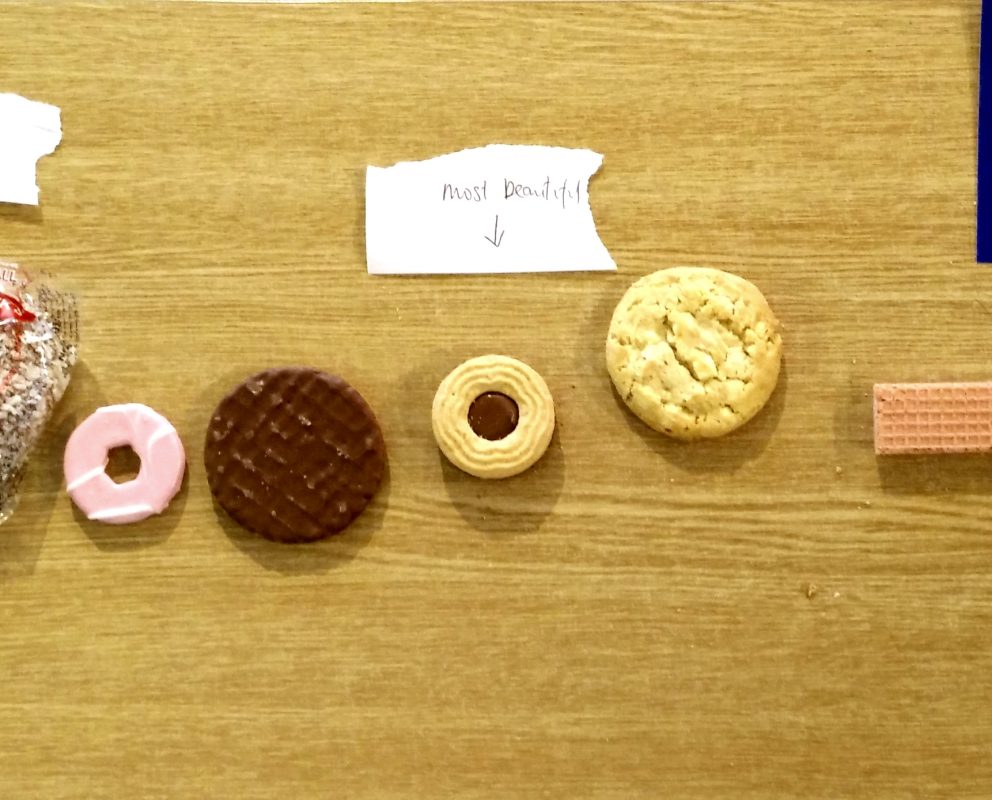Principal and Co-investigators
Rodney Harrison (PI)
Caitlin DeSilvey (Co-I)
Cornelius Holtorf (Co-I)
Sharon Macdonald (Co-I)
Research Organisations
University College London
Linnaeus University
University of Exeter
University of York
Funding sources
AHRC
Dates of funding
2015-2019
Heritage Futures is a 4-year research programme investigating how the future is assembled, curated, cared for, and designed through conservation practices. Heritage Futures has carried out ambitious interdisciplinary research to explore the potential for innovative and creative exchanges across a broad range of heritage and heritage-related fields in conversation with a number of partner organisations and interest groups. The programme’s four themes of Uncertainty, Diversity, Transformation, and Profusion identify challenges for the future of heritage and look at a range of institutions that tackle them in various ways.
Heritage Future’s knowledge exchanges were a key part of project’s methodology. Within the Heritage Futures research programme, the term ‘knowledge exchange workshop’ referred to creative, site-based events that brought together academics and practitioners to jointly explore important cross-sectoral issues with the aim of reshaping future conservation policies and practices. Unlike conferences, knowledge exchanges had few speaker sessions. Instead, knowledge exchanges were primarily interactive: arranged around exploring and discussing a particular aspect of decision-making, ethics, or conservation frameworks at a specific location through site visits, play, and ethnographic engagements with the host site or organisation. By looking closely at what one of our partner organisations “does”, it helped us as a group reflect more generally on the range of approaches taken by the organisations with which we worked.
Knowledge exchange events were one way Heritage Futures researchers enquired into the norms of conservation practice. They also helped to shape project outcomes. Participants told us that they appreciated them because they provided a space to take a step back from everyday practice and allowed participants to consider their work in a new light. Dr Ingrid Samuel, a Heritage Futures Advisory Board member and National Trust Historic Environment Director, said of her participation in the knowledge exchanges:
‘[T]his has been the longest and best period of continual professional development that I’ve ever had. It has genuinely been an incredible experience. I have taken papers to my Board of Trustees and said things to them that I may not have said without you getting in my head and making me think. […] I’ve had the opportunity to explore relevant issues quite deeply with you first. So it’s been an amazing period of CDP for me. It’s also been the most fun kind of professional development I’ve ever done.’
This case study reviews some of the key questions and activities which emerged from Heritage Futures knowledge exchanges. In addition to a number of theme-specific knowledge exchange events, we ran three cross-programme knowledge exchanges.
Knowledge Exchange 1: Uncertainty
Site of focus: Forsmark, the site of the construction of a new long term Swedish nuclear waste repository
Site Partner: SKB, the Swedish Nuclear Fuel and Waste Management Company
Big question: What would you conserve for 100,000 years?
The first project-wide knowledge exchange took most participants far out of their conservation comfort zones to reflect on what the truly long-term legacies of nuclear waste might look like. Although not often thought of as a site of heritage, nuclear waste is a material inheritance for future generations, perhaps more powerful and long-lasting than many actively conserved monuments. As a way of trying to envision we really mean when we talk about long term preservation, each participant was asked to bring an object they would like to see conserved into the deep future. Trying to think through the future of a specific object forced people to grapple with the uncertainty of the long-term: can we except people to understand, use, or value our objects in the same way that we have?
More at: https://heritage-futures.org/from-the-archive-to-the-vault/
Knowledge Exchange 2: Diversity
Site of focus: The Royal Botanic Gardens, Kew
Site Partner: Kew
Big question: What does diversity mean through the lens of “the future”?
What does diversity have to do with the future? At Kew participants learned about how recent changes in the phylogeny of plants (how they are organised according to their evolutionary relationships) from the introduction of DNA technology have upset established ideas about plant diversity and taxonomy. With exercises and discussion, participants explored how different frameworks of conservation create the categories through which we can understand diversity and its value. Different ways of framing diversity create very different templates for organising and managing heritage, and shape the composition of our future realities.
More at: https://heritage-futures.org/techniques-worlding-knowledge-exchange-kew/
Knowledge Exchange 3: Transformation
Site of focus: Orford Ness, a nature reserve and military history site in Suffolk
Site Partner: National Trust, CITiZAN (Coastal and Intertidal Zone Archaeological Network)
Big question: How can those responsible for caring for landscapes and historic features respond to change and loss positively and proactively?
The third knowledge exchange aimed to explore heritage management practices and philosophies that seek to accommodate loss and change. Orford Ness’ is a place characterised by ongoing change in both its natural and historic built environment. A spit off the Suffolk coast, the Ness been shaped by both coastal erosion and the National Trust’s policy of ‘continued ruination’, letting elements of the sites’ 20th century built environment to decay. The aesthetics and experience of transformation of the Ness have made it unique and valued by visitors but also raise challenging questions about how to manage the loss of integrity of sites and how to help stakeholders manage their relationships to changing places.
More at: https://heritage-futures.org/transforming-loss-knowledge-exchange-orford/
Within each of the research programmes four themes, additional knowledge exchanges produced sector reports exploring futures for data and collections, contemporary collecting, museum profusion, as well as reflections on creativity in landscape stewardship.
Close





